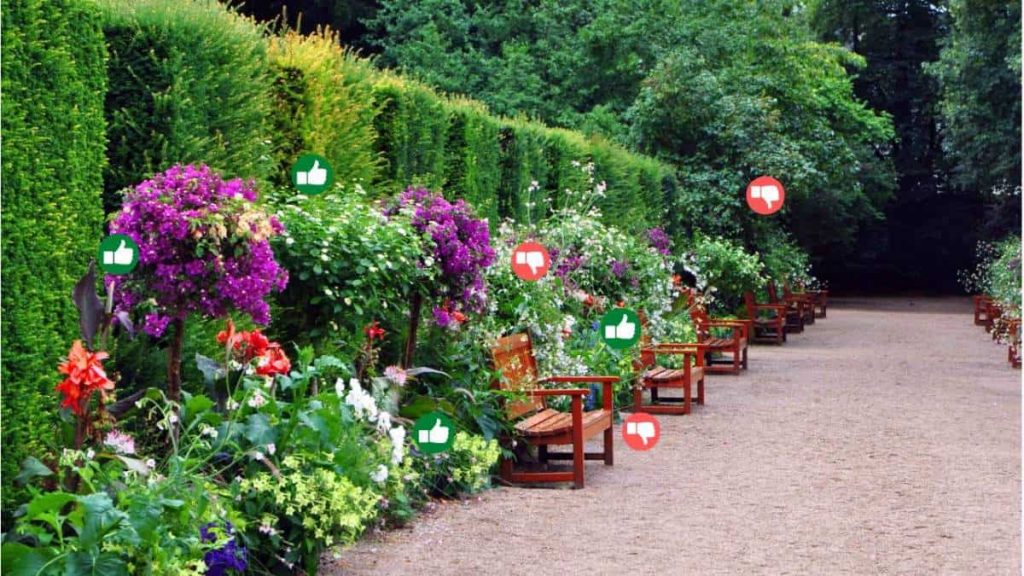A well-maintained landscape is an investment in your property. Keeping it looking its best year-round is an ongoing challenge, but failing to do so can detract from the value and enjoyment of your home or business. Here are some expert tips from landscaping experts to help you stay on top of your lawn and garden maintenance needs.

Grass Cutting
Grass cutting is an essential maintenance task that no homeowner or landlord will want to put off. Not only does it look good but it also helps maintain the health of the lawn and prevents harmful pests from wreaking havoc on your landscape.
It is important to consider your grass type and its seasonal growth rate before deciding on a cutting schedule. This will keep your lawn looking its best and help avoid mowing fatigue and burnout.
Having a well-designed lawn can make your home feel like a retreat from the stresses of daily life, and can even be a great way to increase your property value. As a bonus, maintaining the grass also improves the overall health of your garden and can encourage wildlife to flourish.
Shrub Trimming
Trimming a shrub is an essential landscape maintenance task that keeps them healthy and attractive. It removes dead branches, promotes root growth and stimulates new plant growth.
A shrub can be trimmed 1-2 times per year depending on the variety and growing conditions. For example, boxwoods and holly shrubs need weekly trimming in spring and summer, while Chinese hedges can be trimmed up to three times per year.
To trim overgrown shrubs, use a sharp pair of shears or hedge trimmer and work your way up. Clear out 1-3 inches at a time. Don’t cut too deeply or you’ll risk removing too much stem.
Pruning
Pruning is a simple yet effective method of changing the shape and growth of trees and shrubs. It is also one of the most important landscape maintenance practices that a homeowner should use.
Removing dead and diseased limbs encourages new branch development and helps the plant grow stronger. Additionally, pruning keeps dead and weak branches from falling, which can pose a hazard to people, buildings, and power lines.
Buds on a pruned plant are exposed to more sunlight, which can promote new growth and larger leaves, flowers, and fruit.
When pruning, a gardener needs to understand what he or she is trying to achieve. For example, shearing a shrub can limit leaf growth to the tips of the branch, which is not desirable for some types of plants, such as ornamental grasses and ground covers like liriope.
Mulching
Whether it’s your flower beds or shrubs, mulching is a great way to boost your landscape and add instant curb appeal. It also plays a key role in promoting plant health and preventing damage from weather patterns like ours.
If you’re not sure where to start, take a stroll around your yard and make a list of areas that could benefit from mulching. You can also check out your local gardening center or home improvement store for mulch options.
When mulching trees and shrubs, use organic materials, such as leaves, bark, grass clippings or wood chips. These materials decompose and contribute to soil quality, reducing the risk of disease.
Irrigation
Irrigation is the artificial application of water to land to help grow crops and maintain landscapes. It has been used for hundreds of years to water fields instead of relying on rainfall alone.
There are several types of irrigation systems that differ in how the water is supplied to plants. These include surface irrigation, sprinkler irrigation, micro-irrigation, and drip irrigation.
Irrigation can be done on a farm, home or business, and it is an important element of agriculture and landscapes. It helps to protect crops from frost, suppress weed growth in grain fields, prevent soil consolidation, and improve crop quality.
